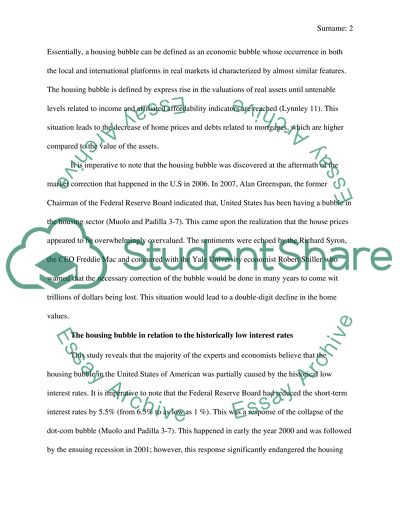Cite this document
(“Subprime Mortgage Crisis Research Paper Example | Topics and Well Written Essays - 1750 words”, n.d.)
Subprime Mortgage Crisis Research Paper Example | Topics and Well Written Essays - 1750 words. Retrieved from https://studentshare.org/finance-accounting/1473995-subprime-mortgage-crisis
Subprime Mortgage Crisis Research Paper Example | Topics and Well Written Essays - 1750 words. Retrieved from https://studentshare.org/finance-accounting/1473995-subprime-mortgage-crisis
(Subprime Mortgage Crisis Research Paper Example | Topics and Well Written Essays - 1750 Words)
Subprime Mortgage Crisis Research Paper Example | Topics and Well Written Essays - 1750 Words. https://studentshare.org/finance-accounting/1473995-subprime-mortgage-crisis.
Subprime Mortgage Crisis Research Paper Example | Topics and Well Written Essays - 1750 Words. https://studentshare.org/finance-accounting/1473995-subprime-mortgage-crisis.
“Subprime Mortgage Crisis Research Paper Example | Topics and Well Written Essays - 1750 Words”, n.d. https://studentshare.org/finance-accounting/1473995-subprime-mortgage-crisis.


